- High End Gypsum Board System Solution Provider
Is paper gypsum board divided into front and back sides? How to distinguish and what are the differences?
Gypsum board, as an essential lightweight partition wall and ceiling material in building interior decoration engineering, has been vigorously promoted by relevant national departments and given policy support. The environmental protection and excellent material performance of gypsum board are also increasingly praised by users. Everyone has seen gypsum boards, and it is estimated that gypsum boards are also used in the decoration and renovation of homes and workplaces. Have you ever observed the difference between the front and back of gypsum boards? What is the difference between the front and back, and how should we distinguish them? In this article, Jason's gypsum board editor will provide a detailed summary.
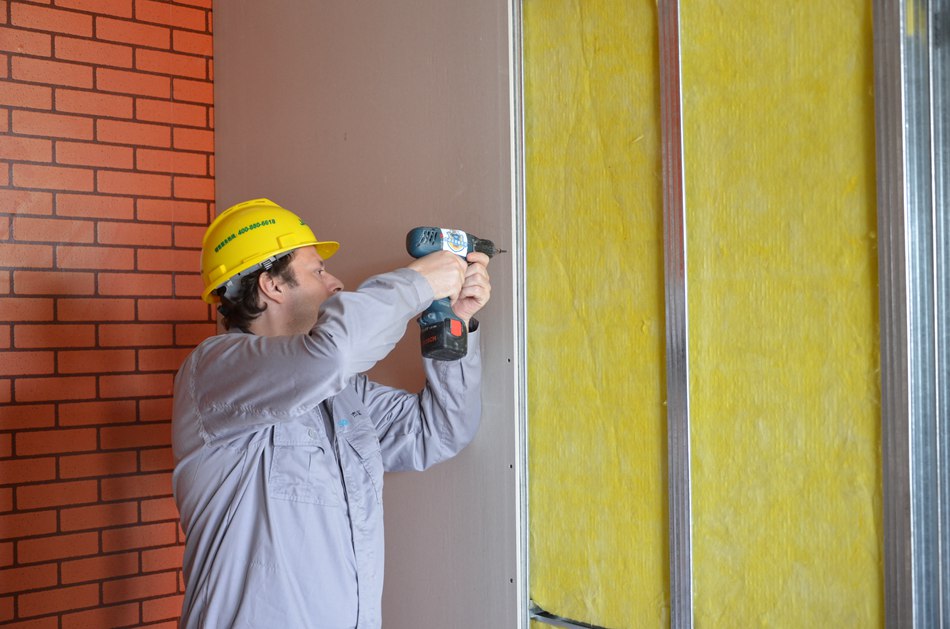
Gypsum board naturally has both sides, and there are multiple ways to distinguish between them. At the same time, there is still a difference between the front and back, so try not to install it upside down to avoid unnecessary trouble, which is at least a waste. The main differences between the front and back of paper faced gypsum board are as follows:

① The weight of face protection paper varies. The weight parameter of the positive side is generally slightly higher than that of the negative side. Gram weight refers to the unit weight per square meter, and the heavier the gram weight, the thicker the protective paper. But as for the protective paper of gypsum board, the thicker the paper, the better, because the tensile strength of gypsum board is mainly provided by the strength of the protective paper. However, the thicker the protective paper, the stronger the tensile strength. However, the thicker the protective paper, the greater the weight of the gypsum board itself. Due to the gradual improvement of national standards for lightweight building materials, gypsum board production enterprises are constantly researching and developing to reduce the weight of gypsum board products. The ultimate improvement direction is to use thinner and lighter protective paper with higher strength and physical parameters;
② The color of the protective paper is different. The colors on the front are generally white, green, yellow, blue, red, etc., while the back is mostly gray brown. Different colored protective paper represents different functionalities of gypsum boards, although there is no fixed rule, it has also formed a common industry consensus. For example, green gypsum boards are water-resistant gypsum boards, while red gypsum boards are fire-resistant gypsum boards;
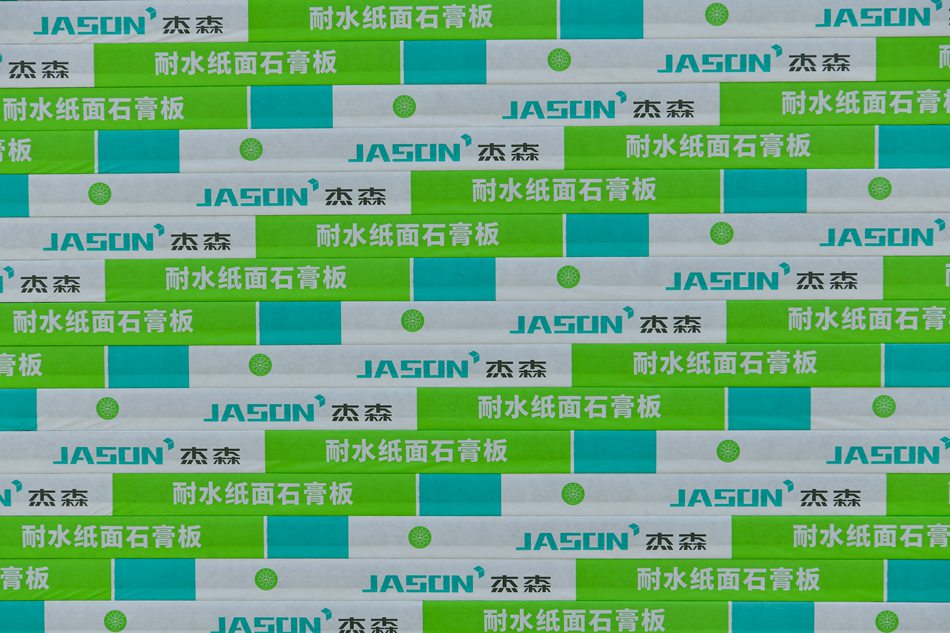
③ The functionality of face protection paper is mainly reflected on the front. Setting aside the functional properties of the gypsum core material of paper faced gypsum boards, in fact, the protective paper also reflects functional parameters and related product design and technology. At the same time, gypsum board companies mainly distinguish their different functional properties based on the color of the protective paper. Functional gypsum boards mainly include: water resistance, moisture resistance, fire resistance, formaldehyde purification, crack resistance, fiberglass surface, etc;
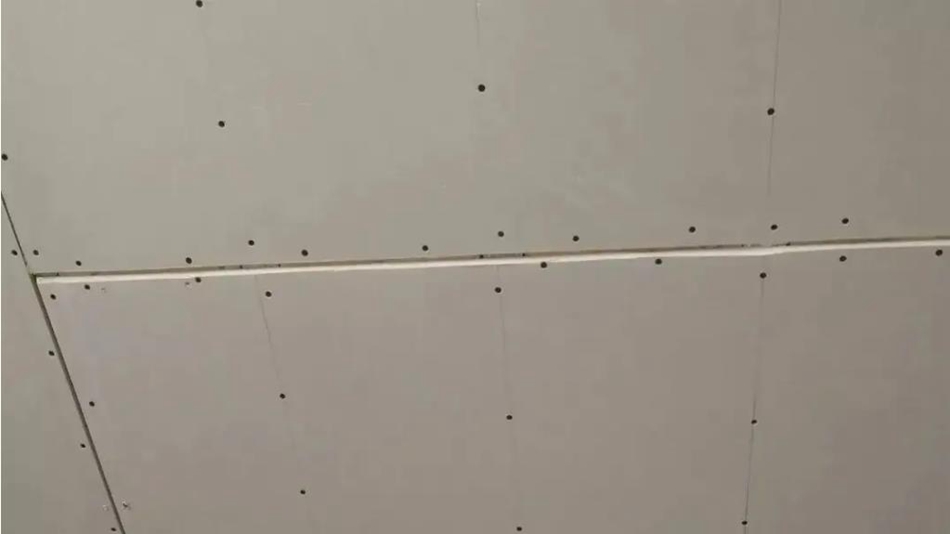
④ The positive side of paper faced gypsum board has a better construction effect. Due to the differences in weight and strength of the protective paper itself, as well as the differences in factory parameter requirements, there are still some differences between the front and back of the stone plasterboard in terms of screw fixation or surface treatment with putty. Therefore, it is best to distinguish the front and back of gypsum boards clearly during construction and installation;
⑤ The edge sealing of gypsum board protective paper is usually done from the front to the back. That is to say, the size of the protective paper on the reverse side is exactly the same as the size of the board itself, while the size of the protective paper on the front side is larger, with the edges wrapped from the front to the back. If you see the actual gypsum board, it is easy to distinguish;
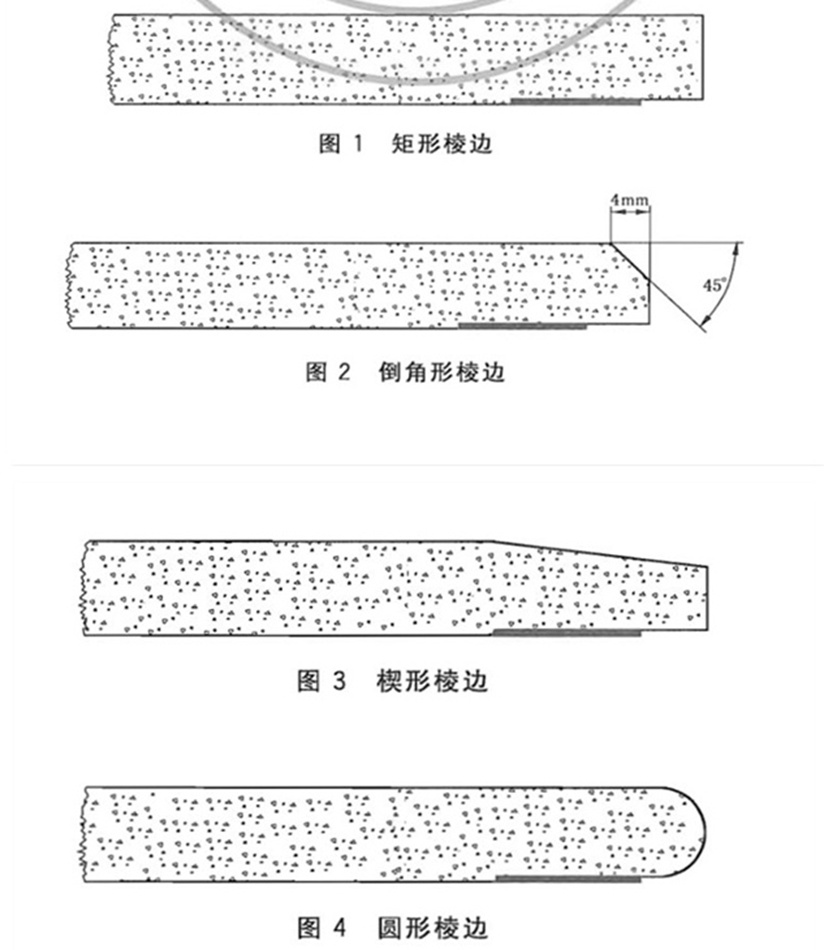
⑥ The narrow side of the gypsum board with wedge-shaped edges is the front. Due to different application scenarios, the edges of gypsum boards can be divided into wedges and rectangles, and rectangles cannot be determined by this criterion. And wedges are easy to judge, with the narrower side of the wedge being the positive side and the opposite side being the negative side.
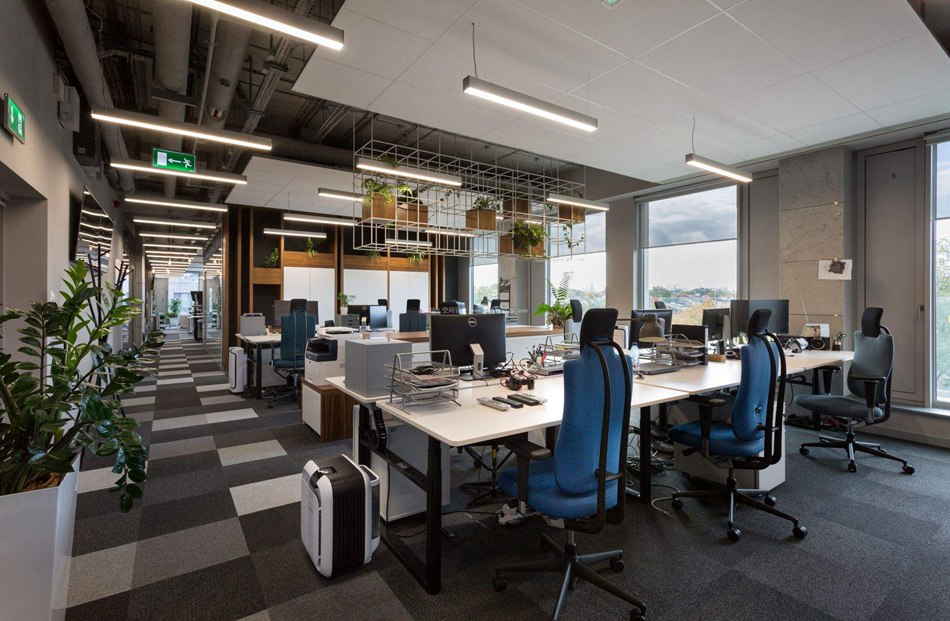
In summary, these are the basic differences, including the gateways and their impact on functionality. Jason's gypsum board editor has also analyzed them clearly. In recent years, with the increasing demand from end-users for the functionality and application scenarios of gypsum board products, gypsum board production enterprises have also been continuously investing manpower and material resources to develop more practical gypsum board product systems. Therefore, distinguishing between the positive and negative sides of gypsum board is crucial in order to make the most of gypsum board products during construction, installation, and use, fully utilizing their functionality to add bricks and tiles to indoor spaces, and not letting down the achievements of gypsum board production enterprises in long-term research and development investment.
(Some of the images are from the internet. If there is a possibility of infringement, please contact the editor to delete them.)
